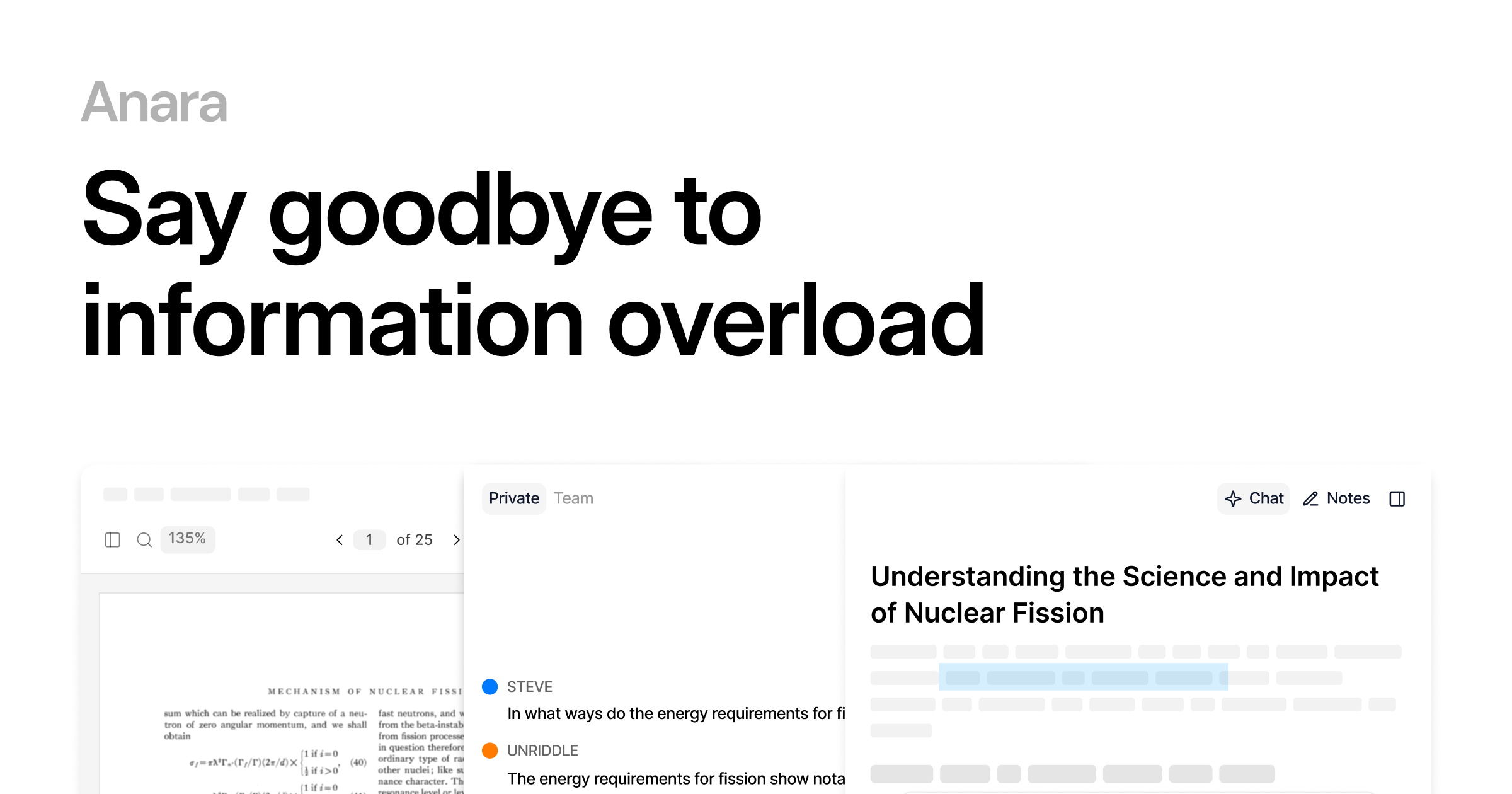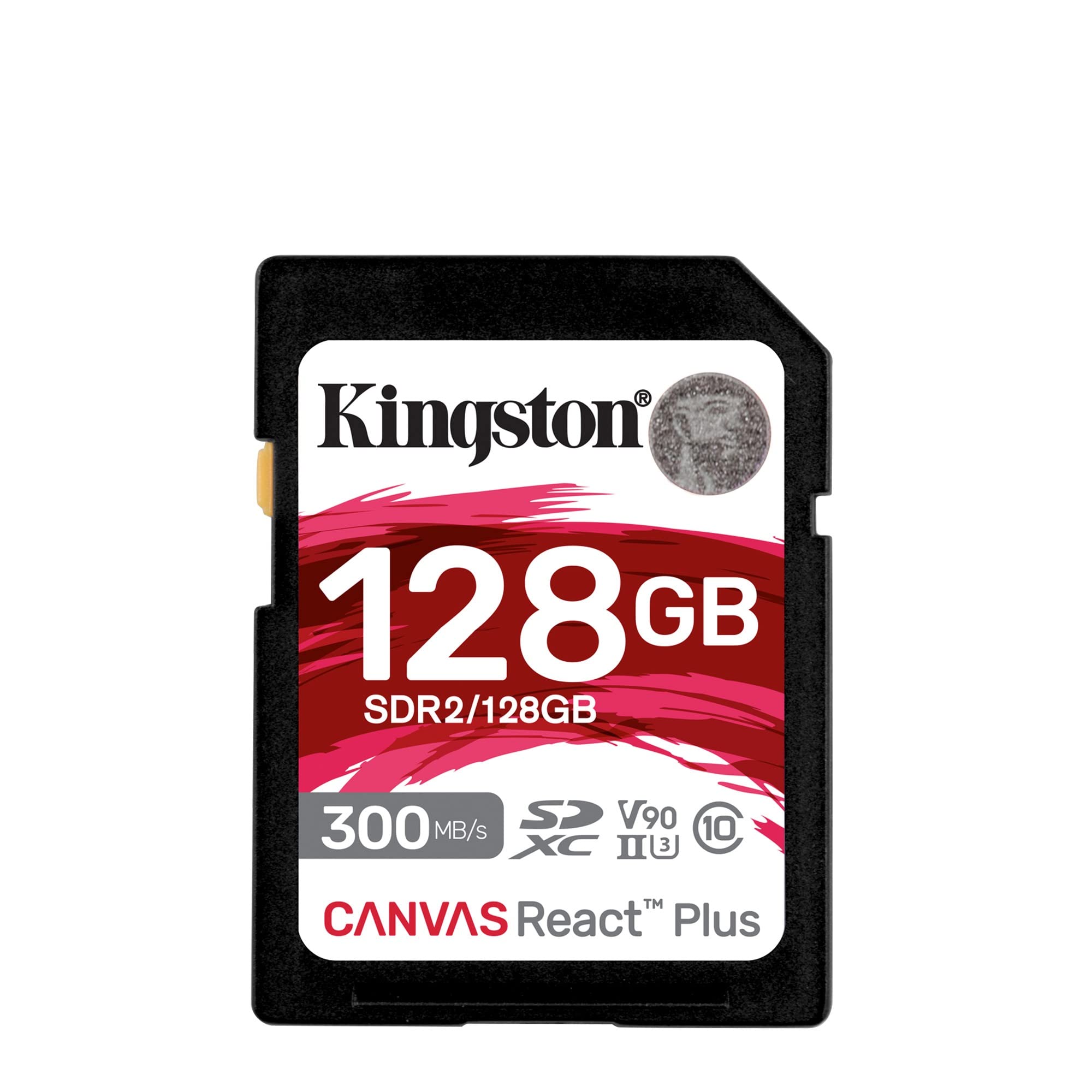300MB: The Ultimate Guide To Understanding File Sizes, Storage, And More!
Ever wondered what 300MB really means? Well, you’re not alone. In today’s digital age, understanding file sizes has become more important than ever. Whether you're downloading movies, apps, or just trying to save space on your phone, 300MB is a term that keeps popping up. Let’s dive into what it really means and why it matters.
Think about it—how many times have you tried to download something only to realize your device doesn’t have enough storage? Or worse, you’ve accidentally used up all your mobile data because you didn’t realize how big a file was? Yeah, we’ve all been there. That’s where knowing about 300MB comes in handy.
This guide isn’t just for tech geeks; it’s for anyone who wants to get a grip on digital storage. We’ll break down everything from what 300MB actually represents to how much space it takes up and what kinds of files fall into this category. So grab a coffee, sit back, and let’s unravel the mystery behind 300MB together!
Table of Contents:
- What is 300MB?
- File Sizes Explained
- How Much Can 300MB Hold?
- Common Files in 300MB
- Storage Options for 300MB
- Managing Data with 300MB
- Internet Usage with 300MB
- Tips for Optimization
- Frequently Asked Questions
- Conclusion
What is 300MB?
First things first, let’s clear the air. 300MB stands for 300 Megabytes, which is a unit of digital information. Think of it like a ruler for measuring how much data a file contains. A megabyte (MB) is made up of 1,000 kilobytes (KB), so 300MB is equal to 300,000KB. Simple enough, right? But wait, there’s more!
Now, here’s the kicker—300MB might not sound like much, but it can actually hold a surprising amount of data. Depending on what you’re storing, it could be a decent-sized MP3 playlist, a couple of high-quality images, or even a small app. The possibilities are endless, and we’ll dive deeper into that in a bit.
- Exploring Colton Harrismoores Net Worth The Infamous Barefoot Bandit
- Unveiling The Mystery The Marietemara Leaked Controversy
Why Should You Care About 300MB?
Here’s the deal—whether you’re streaming music, downloading apps, or just trying to save space on your phone, understanding file sizes is crucial. If you’re someone who’s always running out of storage or constantly hitting your data cap, knowing what 300MB means can help you manage your digital life better. Plus, it’s just plain cool to know how all this stuff works!
File Sizes Explained
Okay, so now that we’ve got the basics down, let’s talk about file sizes in general. You’ve probably heard terms like KB, MB, GB, and even TB thrown around. But what do they all mean? Let’s break it down:
- Kilobyte (KB): The smallest unit of measurement. Think of it like a grain of sand in the digital world.
- Megabyte (MB): Next up, we’ve got MB, which is 1,000 times bigger than a KB. This is where 300MB comes into play.
- Gigabyte (GB): Now we’re talking big. A GB is 1,000 times bigger than an MB. So, 300MB is just a small fraction of a GB.
- Terabyte (TB): The granddaddy of them all. A TB is 1,000 times bigger than a GB. Most people don’t even need that much storage, but hey, it’s nice to dream big!
Understanding these units is like having a map for navigating the digital world. It helps you make sense of how much space your files take up and how much storage you really need.
How Do These Units Relate to 300MB?
Well, 300MB sits right in the middle of the spectrum. It’s not tiny like a KB, but it’s also not massive like a GB. It’s kind of like the Goldilocks of file sizes—not too big, not too small, just right for a lot of everyday uses.
How Much Can 300MB Hold?
Now, let’s get to the fun part—what can you actually do with 300MB? Here’s a quick rundown:
- Music: You can store about 75 songs in MP3 format, assuming each song is around 4MB. Not bad for a playlist!
- Images: Depending on the resolution, you could fit around 100 high-quality photos. Perfect for a vacation album!
- Videos: A 300MB video could be about 10 minutes long in standard definition. Not ideal for binge-watching, but great for short clips.
- Apps: Many apps fall into the 300MB range, especially games or productivity tools. So, if you’re downloading a new app, chances are it’ll be around this size.
As you can see, 300MB is versatile enough to handle a variety of file types. Whether you’re into music, photos, or apps, it’s a pretty decent chunk of storage.
Real-World Examples of 300MB in Action
Let’s put this into perspective. Imagine you’re on a road trip and you want to download some music to keep you entertained. With 300MB, you could easily create a playlist that lasts for a couple of hours. Or, if you’re a photography enthusiast, you could store a whole album of your latest photoshoot. The possibilities are endless!
Common Files in 300MB
So, what kinds of files typically fall into the 300MB range? Here are some examples:
- Apps: Many mobile apps, especially games, are around 300MB in size. Think of popular titles like Candy Crush or Angry Birds.
- Documents: Large PDFs or Word documents with lots of images can easily reach this size.
- Software: Some smaller software programs or updates might be around 300MB.
- Audio Books: A single audiobook chapter or a short book could be around this size.
These are just a few examples, but they give you an idea of how versatile 300MB can be. Whether you’re downloading apps, documents, or even audiobooks, this size range is pretty common.
Why Do Some Files Take Up More Space Than Others?
Good question! It all comes down to the type of data being stored. For example, high-resolution images or videos take up more space because they contain more information. On the other hand, plain text files are tiny in comparison because they don’t require as much data. It’s all about the complexity of the file.
Storage Options for 300MB
Now that we know what 300MB can hold, let’s talk about where you can store it. Here are some popular storage options:
- Cloud Storage: Services like Google Drive, Dropbox, or iCloud offer plenty of space for storing your files. Most free plans give you enough room for several 300MB files.
- External Drives: If you prefer physical storage, USB drives or external hard drives are great options. They’re portable and can hold tons of data.
- Internal Storage: Your phone or computer’s internal storage is perfect for everyday use. Just make sure you’ve got enough space!
No matter which option you choose, there’s plenty of room for your 300MB files. The key is finding a solution that works best for your needs.
Which Storage Option is Right for You?
That depends on how you plan to use your files. If you need to access them on the go, cloud storage might be the way to go. But if you prefer having everything in one place, an external drive could be the better choice. It’s all about what works best for your lifestyle.
Managing Data with 300MB
Managing your data can be a bit overwhelming, especially if you’ve got lots of files to keep track of. Here are some tips to help you stay organized:
- Organize Your Files: Use folders and labels to keep everything neat and tidy. Trust me, your future self will thank you.
- Backup Regularly: Always have a backup plan. Whether it’s cloud storage or an external drive, make sure your important files are safe.
- Uninstall Unused Apps: If you’ve got apps you don’t use anymore, it’s time to say goodbye. Free up that space for something new!
By following these tips, you can keep your digital life in check and make the most out of your 300MB storage.
Why Is Data Management Important?
Simple—because it saves you time and frustration. Imagine trying to find a file in a cluttered mess of data. Not fun, right? By keeping your files organized and backed up, you’ll save yourself a headache in the long run.
Internet Usage with 300MB
Now, let’s talk about how 300MB fits into your internet usage. If you’ve got a data plan, you probably know how quickly it can disappear. Here’s how 300MB stacks up:
- Streaming Music: You can stream about 50 songs on a platform like Spotify or Apple Music.
- Browsing: Depending on the websites you visit, you could browse for several hours before hitting your limit.
- Downloading: As we’ve already discussed, you can download a decent-sized app or a few songs.
While 300MB might not seem like much for heavy internet users, it’s still enough for casual browsing and streaming.
How Can You Maximize Your Data Plan?
Here are a few tricks to stretch your 300MB as far as possible:
- Use Data-Saving Modes: Most apps have a data-saving mode that reduces the amount of data they use.
- Limit Video Quality: Watching videos in standard definition instead of HD can save you a ton of data.
- Download Instead of Streaming: If you know you’ll be offline, download your content beforehand to avoid using data.
With a little creativity, you can make the most out of your 300MB data plan.
Tips for Optimization
Whether you’re trying to save storage or stretch your data plan, here are some optimization tips:
- Compress Files: Use tools like WinZip or 7-Zip to shrink the size of your files without losing quality.
- Clear Cache: Your browser and apps store a lot of temporary data. Clearing the cache can free up tons of space.
- Uninstall Unnecessary Apps: We’ve already mentioned this, but it’s worth repeating. Get rid of apps you don’t use!
By following
- Harris Faulkner The Truth Behind Her Illness
- Tony Hinchcliffe A Deep Dive Into His Net Worth And Career

Anara Pricing


Kingston SD Card UHS II 128GB 300MB/S Fujifilm Shop